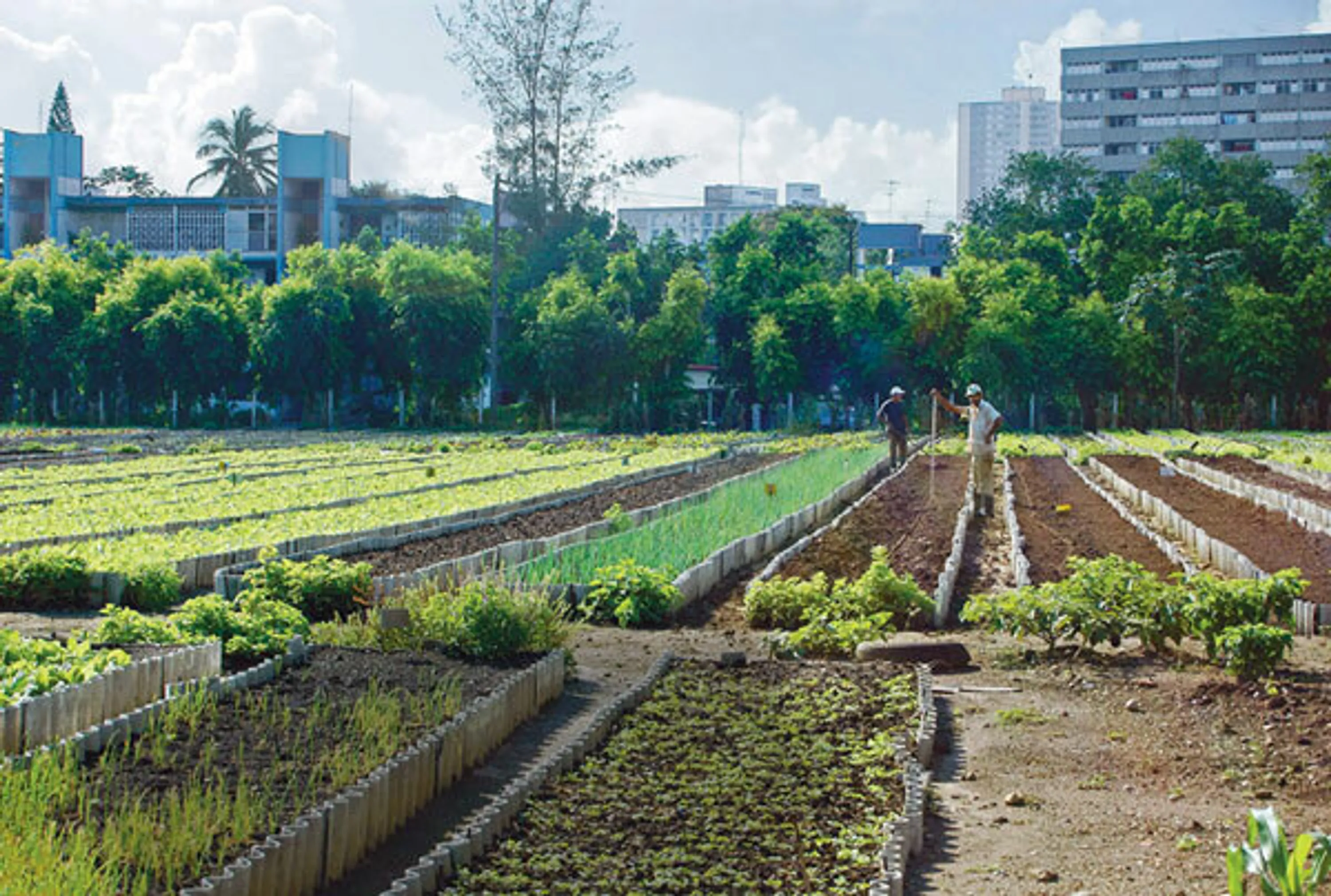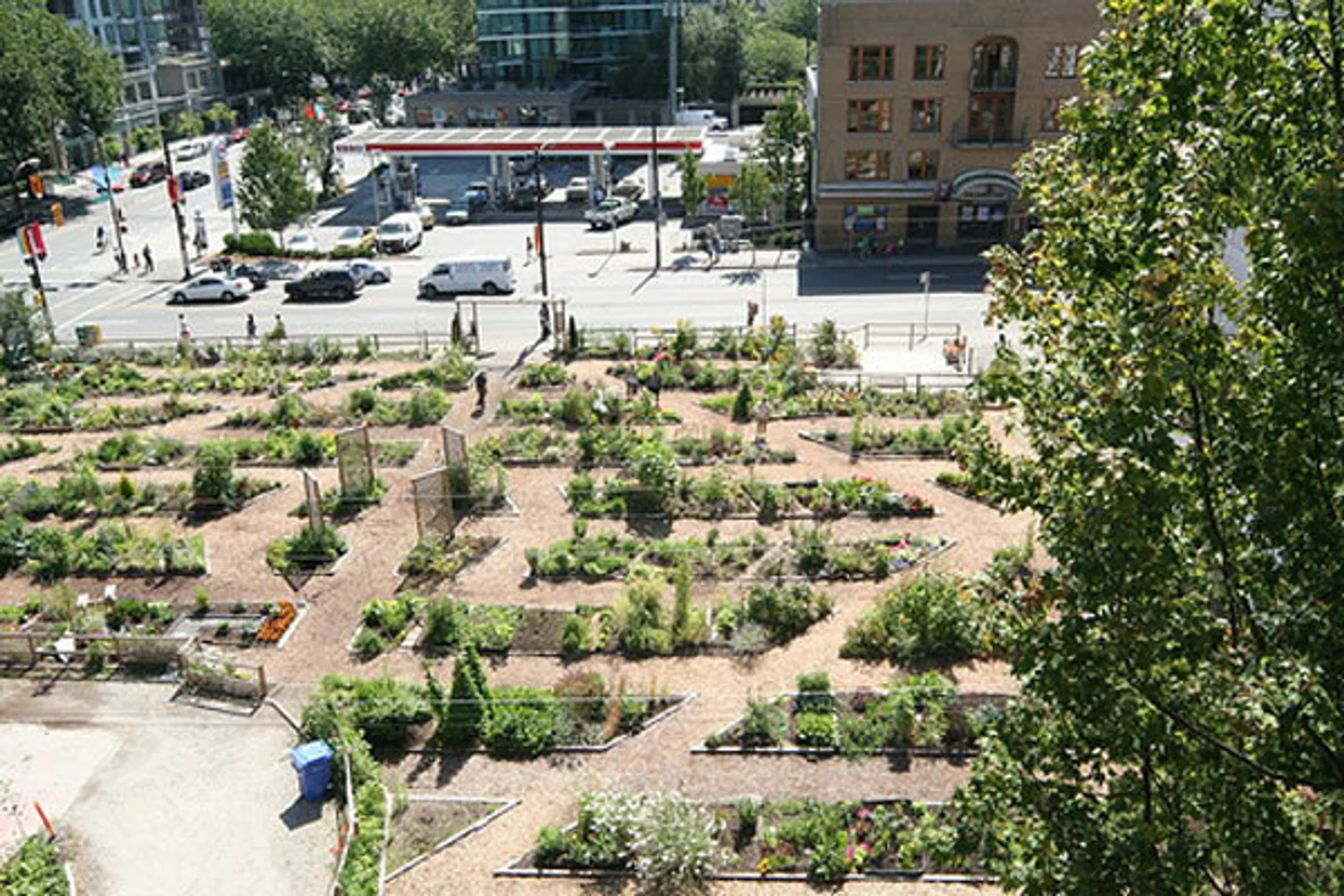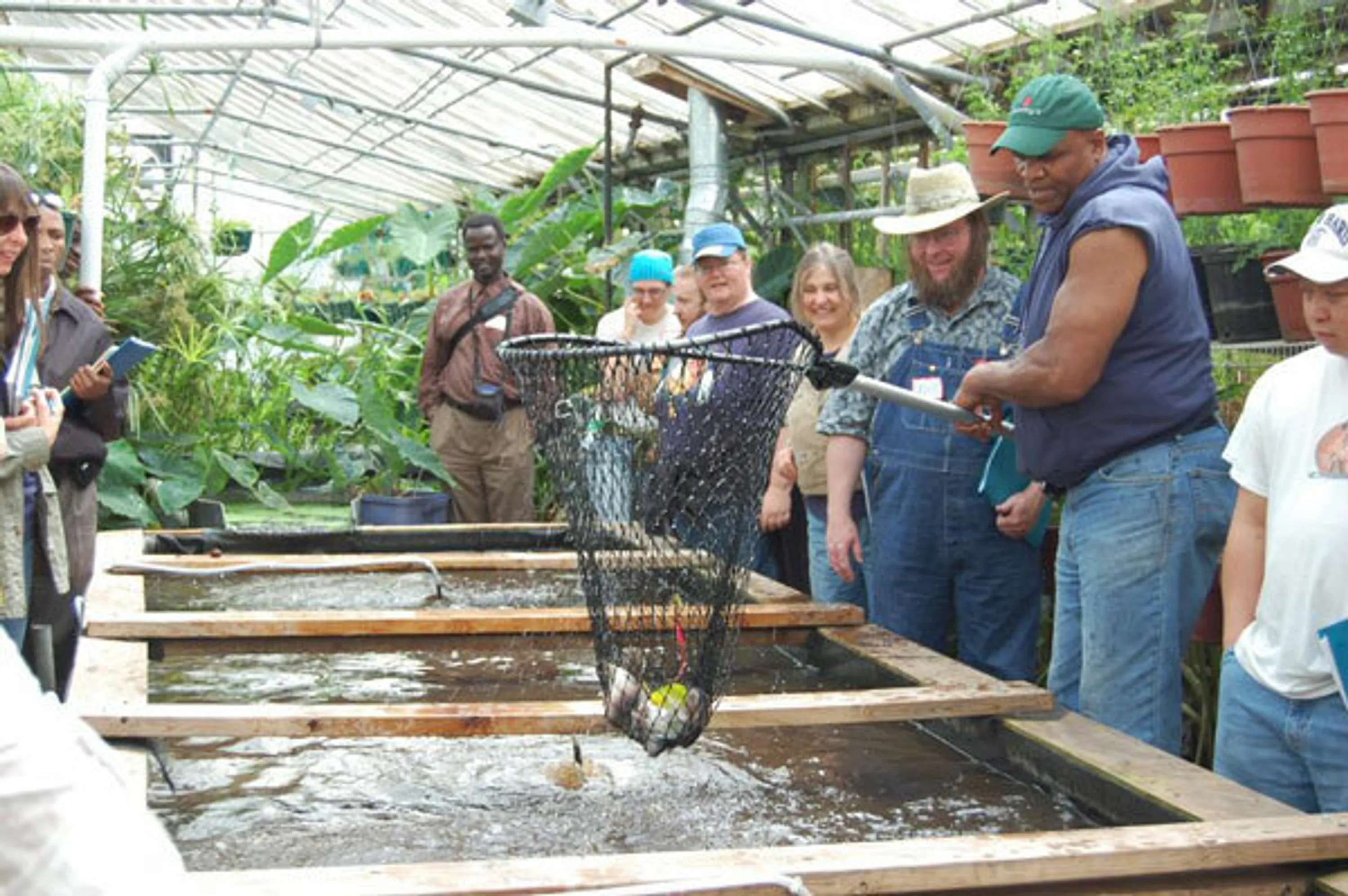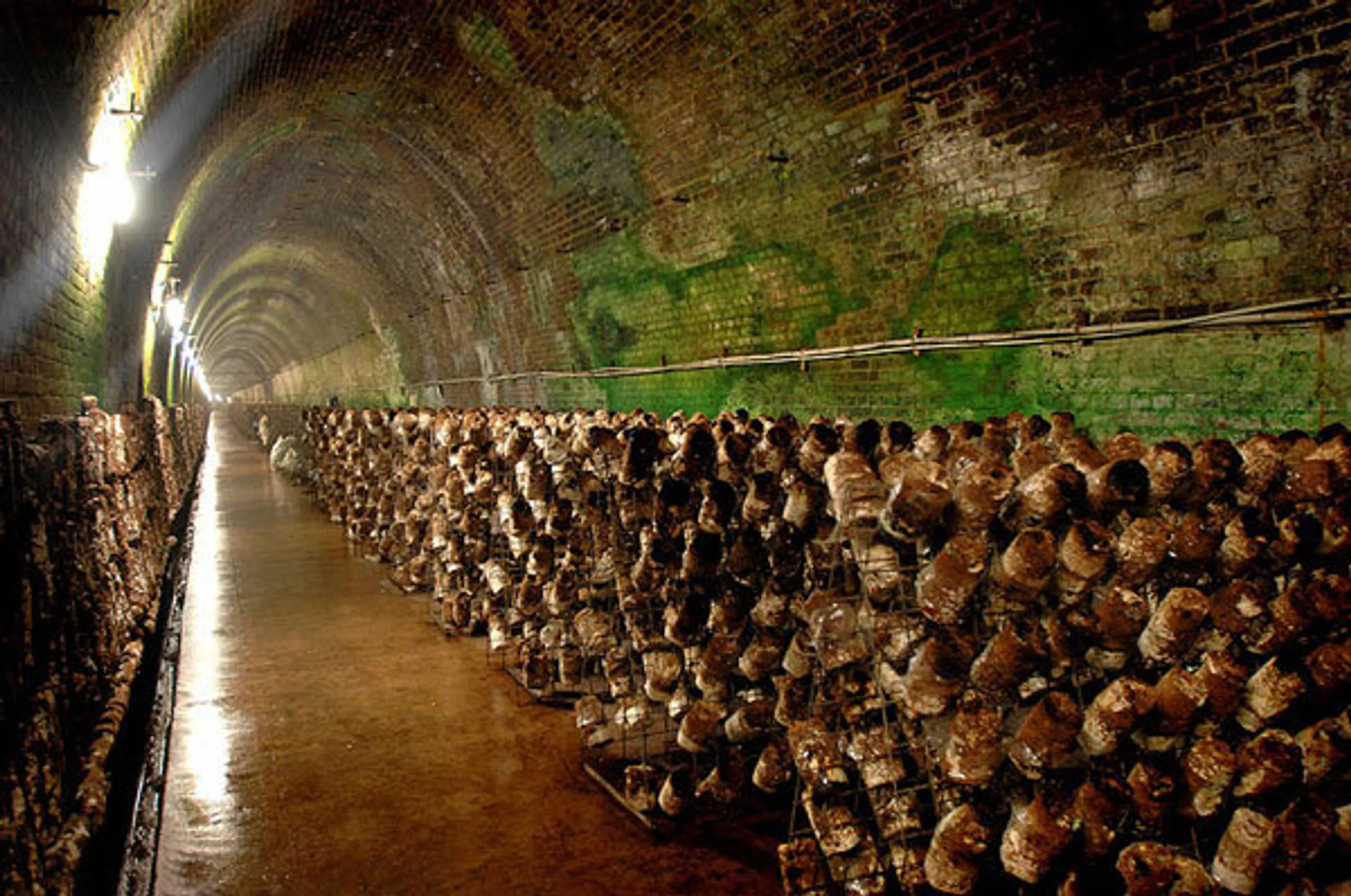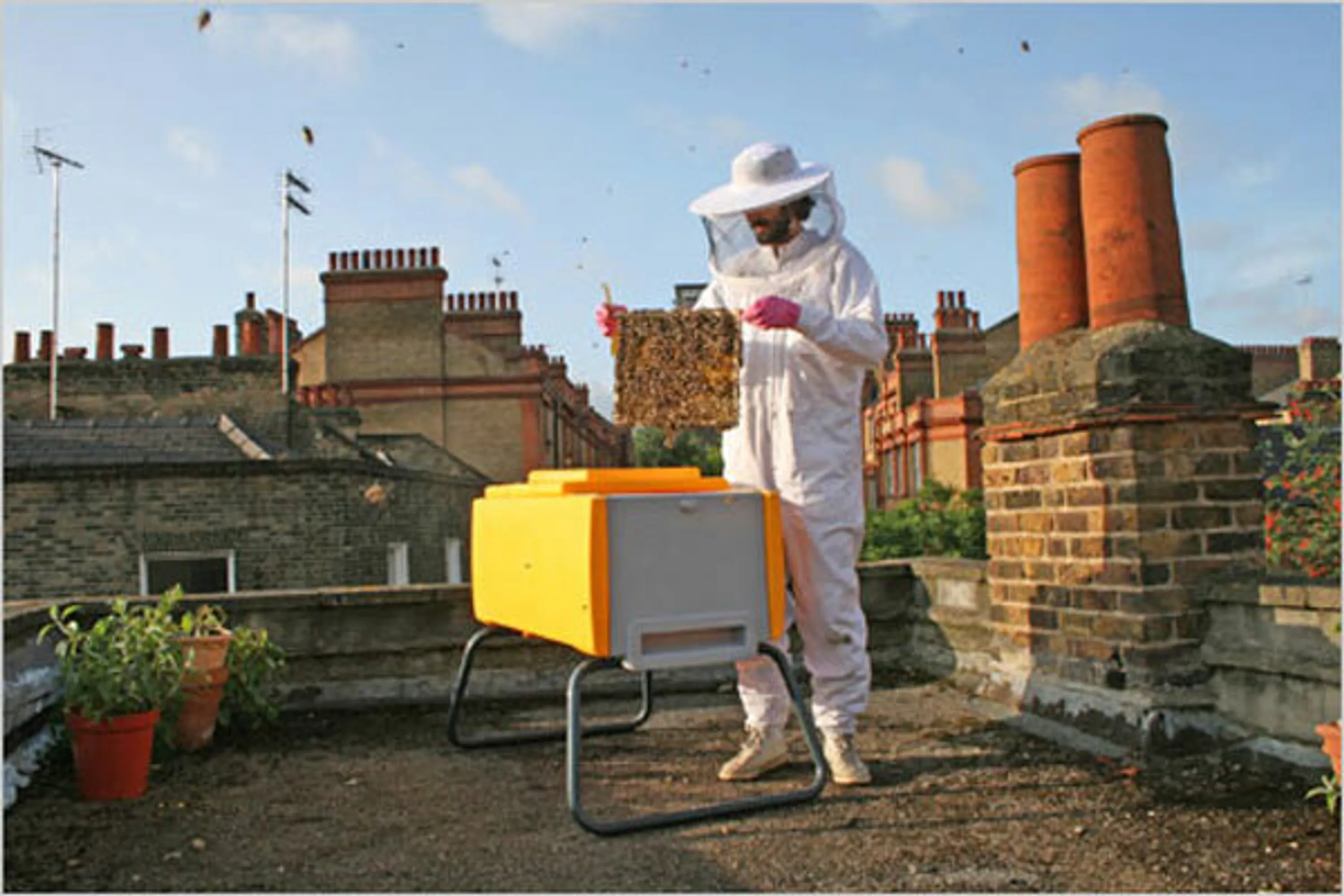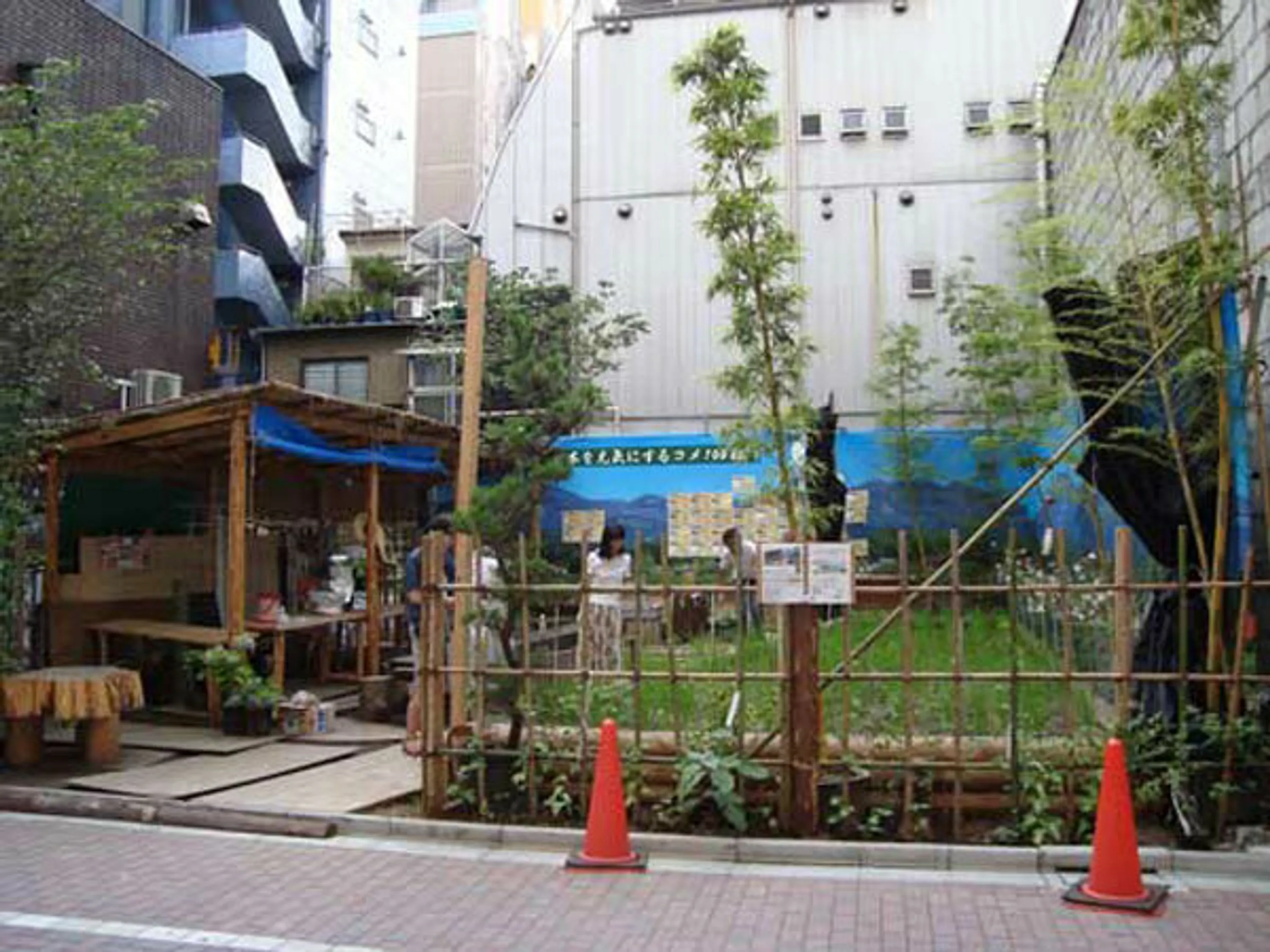Aquaculture is the farming of aquatic organisms, including fish, mollusks, crustaceans and aquatic plants. (‘Farming’ here implies some sort of intervention such as regular stocking, feeding, or protection from predators.) Both indoor systems in tanks, and outdoor systems in ponds can be used. Unlike most forms of livestock, aquaculture systems can be very compatible with nearby residential areas and provide an opportunity to treat organic domestic waste. In many countries, such as India, Thailand, China and Vietnam, human waste is used as a source of nutrients for aquaculture, which is then treated in the process; however, this practice needs to be done with extensive management in order to prevent disease. Tilapia and carp are the main fish used in aquaculture.
